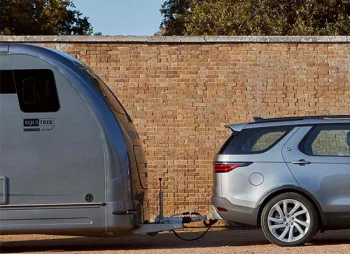
As regular small talk goes, 'the state of the UK's roads' is probably up there with 'the weather' and 'cream or jam first' in the canon of British subject matter.
Whilst a dire lack of parking, an errant deer, or the appearance of a new pothole generally provides enough excitement for most of us, spare a thought for those people who have to go to a little more effort when they pop out for a pint of milk.
From treacherous terrains to accident blackspots, we've scoured the world to find some of the most deadly highways out there - and frankly, we wouldn't want to drive on any of them!
Are you brave enough?
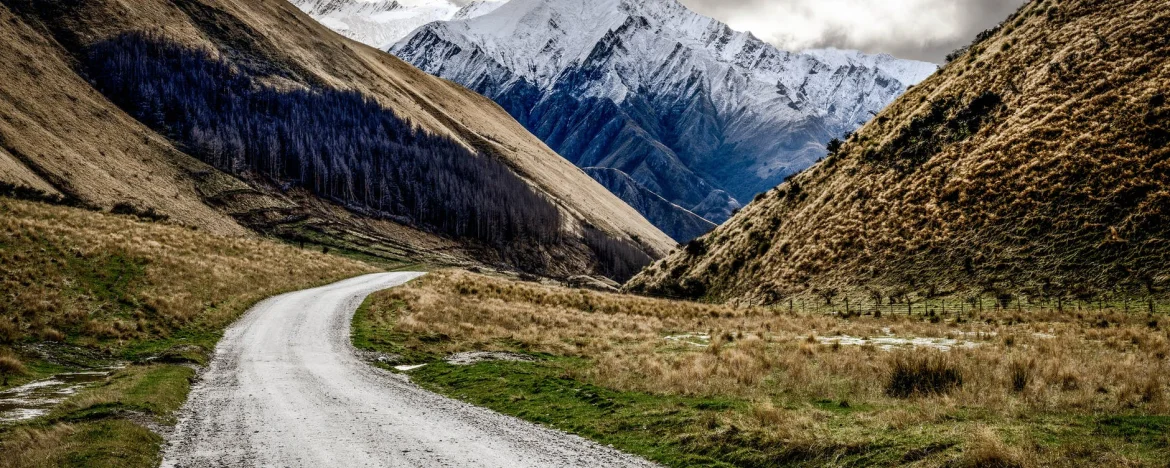
1. North Yungas Road, Bolivia.
If the nickname 'Death Road' isn't enough to convince you, one look at the 80km winding track might just do the trick. Cut into the base of the Andes in the 1930s by Paraguayan prisoners, the 3.5m wide track is flanked by solid rock on one side and a hair-raising 600m sheer drop on the other.
Traversing steep slopes, the narrow single-track road is unpaved and dispenses with anything as useful as guardrails, so nerves of steel are a must! In addition to that, warm winds from the Amazon hit the Eastern side of the mountain and create heavy rain and thick fog, so mudslides, falling rocks, and unexpected waterfalls are regular features.
Unlike the rest of Bolivia's roads, traffic is required to drive on the left-hand side to allow the driver to assess the distance of their outer wheel from the edge of the road. Descending vehicles never have right of way and must move to the outer edge when they encounter traffic.
Despite these strict etiquette measures, the North Yungas Road averaged almost 300 deaths per year up until improvement works began in 1994. Considering that the entire UK averages 1770 deaths a year, it's easy to see how it got its nickname.
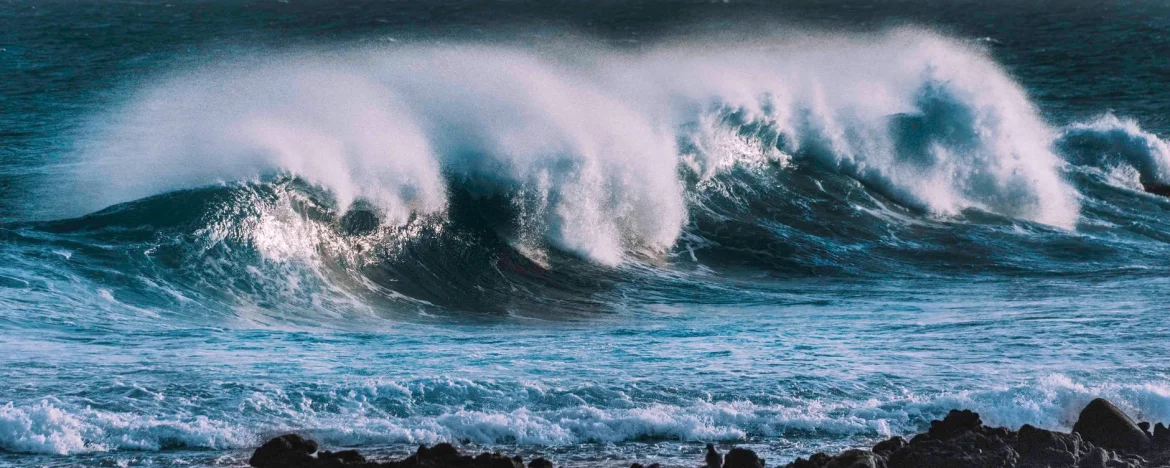
2. The Atlantic Highway, Norway.
The Atlanterhavsvegen (to give it its Norwegian title) is a breathtaking construction of 7 bridges that cover the 8.3km distance between the Norwegian regions of Molde and Kristiansund. Set along the Midwest Norwegian coastline, the highway takes in some of the most beautiful views in the world and is a recognised cultural heritage site.
The sequence of bridges is truly something to behold as they seemingly swoop and arch over the mighty Atlantic Ocean - so much so that they were awarded the prestigious title of 'Norwegian Construction of the Century'. Originally formulated as a railway line in the early 20th century, plans were scrapped in favour of a new highway in the 1970s and, by 1983, construction was underway.
The project took just 6 years to complete, and on 7th July 1989 vehicles started coasting over the curves of the Scandinavian triumph.
Intrepid travellers should try not to get too distracted by the scenery, however, as the weather is apt to change rapidly. Blazing sunshine can quickly become heavy snowfall, obscuring vision as drivers make their way over the twists and sharp bends. Most hazardous of all though is the raging wind, which often reaches 30mph and can whip the sea into a frenzy.
It's not unusual for gigantic waves to batter the bridges and engulf cars - so if you're venturing across the Atlantic Road in inclement weather, be sure to keep your windows up or forfeit a face full of seawater!
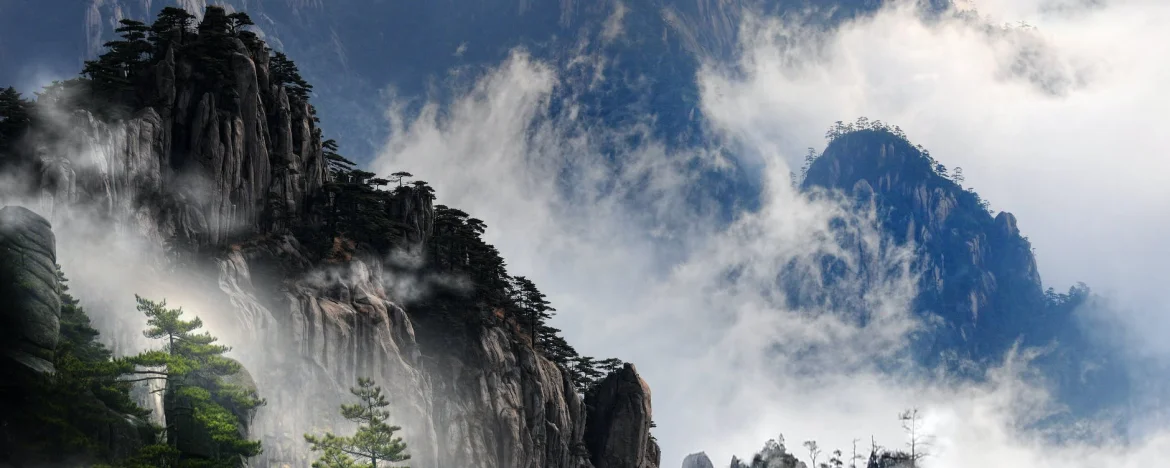
3. Guoliang Tunnel Pass, China.
4,000 hammers, 12 tonnes of steel, 5 years, 13 villagers, and an exponential amount of hard work.
Not the usual requisites for roadworks but that's exactly how the Guoliang Tunnel was constructed. The narrow pass connects the otherwise remote village of Guoliang with civilisation and has become a major - if risky - tourist attraction since its completion in 1977.
Prior to the creation of the road, Guoliang villagers could only access the surrounding areas via a series of dizzyingly steep steps cut into the mountainside, known as the Sky Ladder. Navigating the loose rock face and worn steps proved laborious and highly dangerous for the villagers, so in 1972, tribal chief Shen Mingxin armed 12 of his men with tools and they began the arduous task of cutting a tunnel through the mountain.
Five years and several untimely deaths later, on 1st March 1977, the tunnel was officially opened to the public.
The villagers had much easier access to the outside world and reveled in their triumph. Unbeknownst to the villagers, however, their success would draw attention from across the globe. So much attention, in fact, that the vicinity is a major tourist attraction and boasts several hotels and bridges to accommodate tourists and hikers.
Whilst the attention isn't exactly welcomed by the inhabitants of Guoliang, the revenue has transformed the village, which now has restaurants, hotels, and souvenir shops, along with easier access to food, technology, and medical support.
If you're thinking about taking to the road and experiencing the 1.2km drive through the Guoliang Tunnel, you'd be wise to consider what mode of transport you'll take. The tunnel measures just 4m wide, so an all-singing, all-dancing SUV just isn't going to cut it. Once you've secured your vehicle of choice, prepare for a veritable white knuckle ride!
The pass twists, turns, and dips unpredictably and is barely wide enough for two vehicles to pass. There are 'windows' of varying shapes and sizes studded along the tunnel to allow drivers to take in the spectacular views - just be sure to keep your wits about you and don't be afraid of a little reversing!
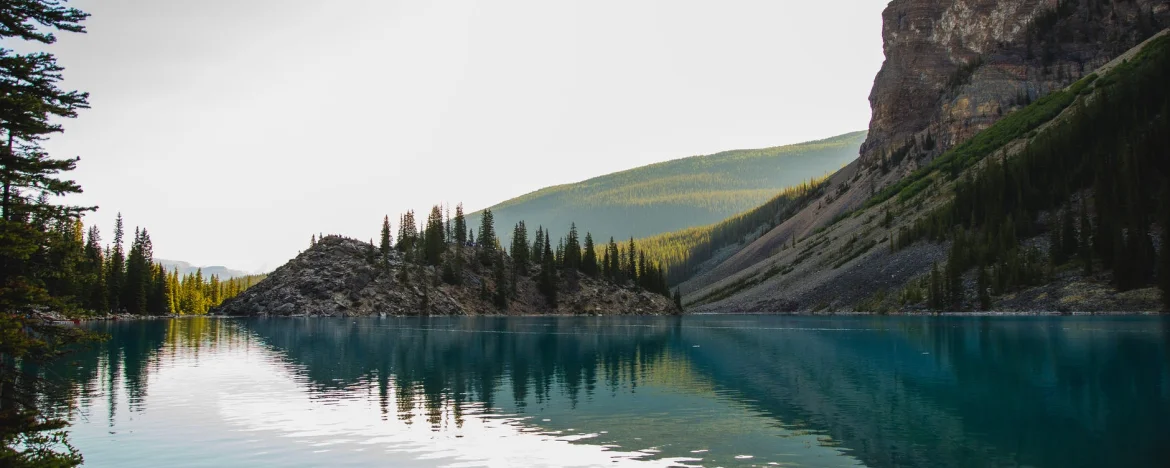
4. Kemalie Tas Yolo. Turkey
Located in the Eastern Anatolia region, the Stone Road of Kemaliye connects the Ilic and Erzincan Provinces and provides quite the challenge for even the most steely nerved of motorists.
Similar to the Guoliang Tunnel, the road was carved by locals using comparatively primitive tools way back in 1870 and took a whopping 132 years to complete. At first, the pass was only wide enough for pedestrians but over time has expanded to accommodate vehicles but at just 2m wide, you'd be hard-pressed to get a 4x4 to drive it comfortably.
A road trip along the 7km stretch certainly wouldn't disappoint thrill-seekers, who would find themselves flanked on either side by 400-500m steep rocky cliffs. The drive takes you along the breathtaking Karanlik Kanyon and incorporates 38 tunnels, several sharp bends, and seriously unnerving cliff drops.
Boy racers beware: a drive on the Stone Road should really be at nothing more than a snail's pace if you value your car and life! There are large slits in the road, no guardrails and most bends are so sharp that it's virtually impossible to see traffic coming from the opposite direction.

5. BR - 116, Brazil
Don't be fooled by the generic numbering of this highway - which incidentally is known locally as the 'Rodovia da Morte' or Death Road - this fast-paced carriageway is not an easy drive. In fact, if roads had middle names, the BR - 116's would be 'Danger'.
The road gained its name in part owing to the volume of accidents which are so regular that locals are fully accustomed to several collisions a day - especially on the section that runs from Curitiba to Sao Paulo. Here, fatal accidents are worryingly common.
The Rodovia da Morte is a veritable behemoth of a construction, running some 4,385km along Brazil's coast.
It's subject to some truly unstable weather conditions which limit visibility and cause the road surface to be treacherous. As one of Brazil's main artery roads, the highway is a seasoned haunt for truckers, who are often tired and overworked. Pair that with stretches of unpaved road that run along steep cliff edges and you've got a recipe for disaster.
Less talked about but arguably more disturbing is the road's capacity for crime - specifically those related to child exploitation. Dark underbelly doesn't even begin to describe the highway's murky goings-on. In fact, there are some 262 known spots along the route which are used for child trafficking - a crime that is largely ignored by the Brazilian authorities.
If all that sounds a bit too hairy for your liking, don't fret! There are plenty of adrenaline-fueled road trips to be had closer to home too!

